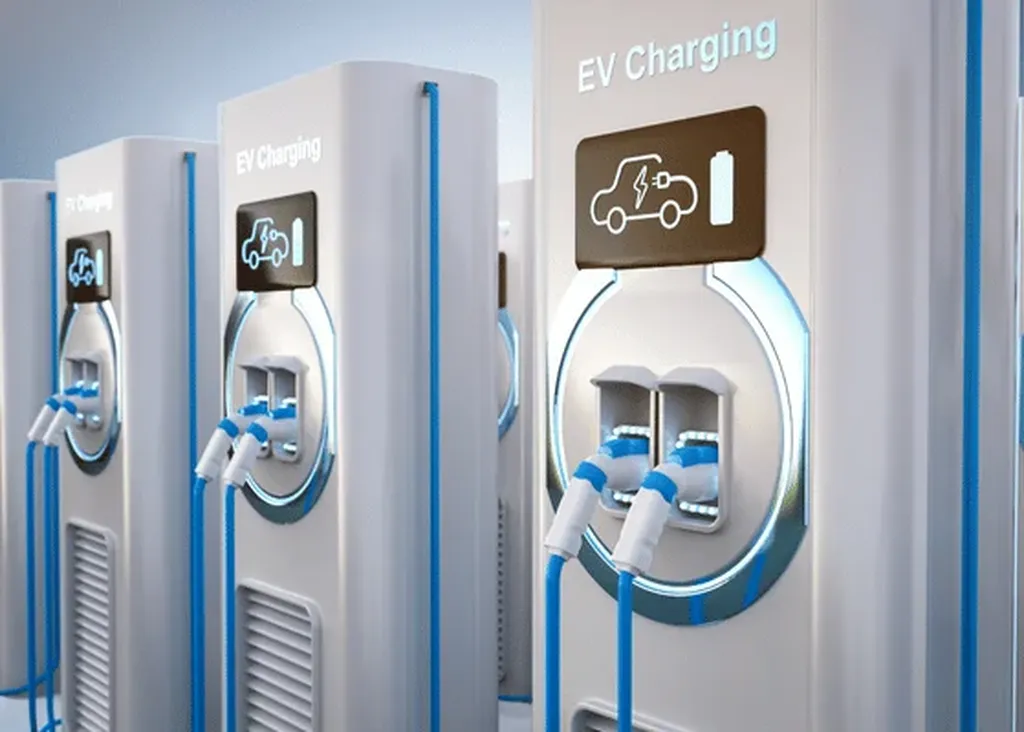Researchers Linhan Fang and Xingpeng Li from the University of Michigan have developed a strategy to help manage the increasing demand for electric vehicle (EV) charging and its impact on electrical grids. Their work, published in the journal IEEE Transactions on Power Systems, focuses on preventing voltage drops in distribution networks caused by the growing number of EV chargers.
As more electric vehicles hit the roads, the demand for charging infrastructure is surging. This increased load can strain distribution grids, particularly at the far ends of power lines, leading to significant voltage drops. To tackle this issue, Fang and Li propose a proactive voltage management (PVM) framework. This framework uses Monte Carlo simulations to predict potential voltage violations based on varying EV charging loads. Once potential issues are identified, the researchers employ an optimal expansion planning (OEP) model to determine the best locations and sizes for battery energy storage systems (BESS) to mitigate these voltage drops.
The researchers introduce a novel spatio-temporal adaptive targeting (STAT) strategy to simplify the computational complexity of the OEP model. This strategy focuses the OEP model on critical time periods and candidate BESS installation nodes, making the solution more scalable and efficient. The effectiveness of this approach was validated on three different systems: a 33-bus system, a 69-bus system, and a larger 240-bus system. The results showed that strategically placing and sizing BESS not only effectively mitigates voltage violations but also leads to substantial cost savings on electricity purchases under time-of-use tariffs.
This research provides a practical and scalable solution for integrating high penetrations of EVs into the grid. It offers valuable insights for future distribution network planning, helping utilities and grid operators manage the increasing demand for EV charging more efficiently and cost-effectively. The study was published in the IEEE Transactions on Power Systems, a leading journal in the field of electrical power systems.
This article is based on research available at arXiv.

